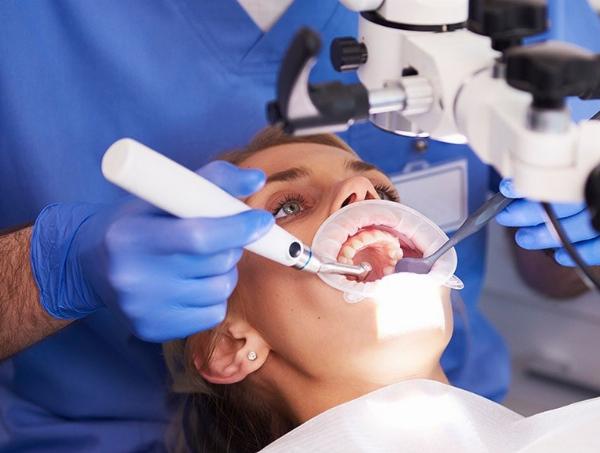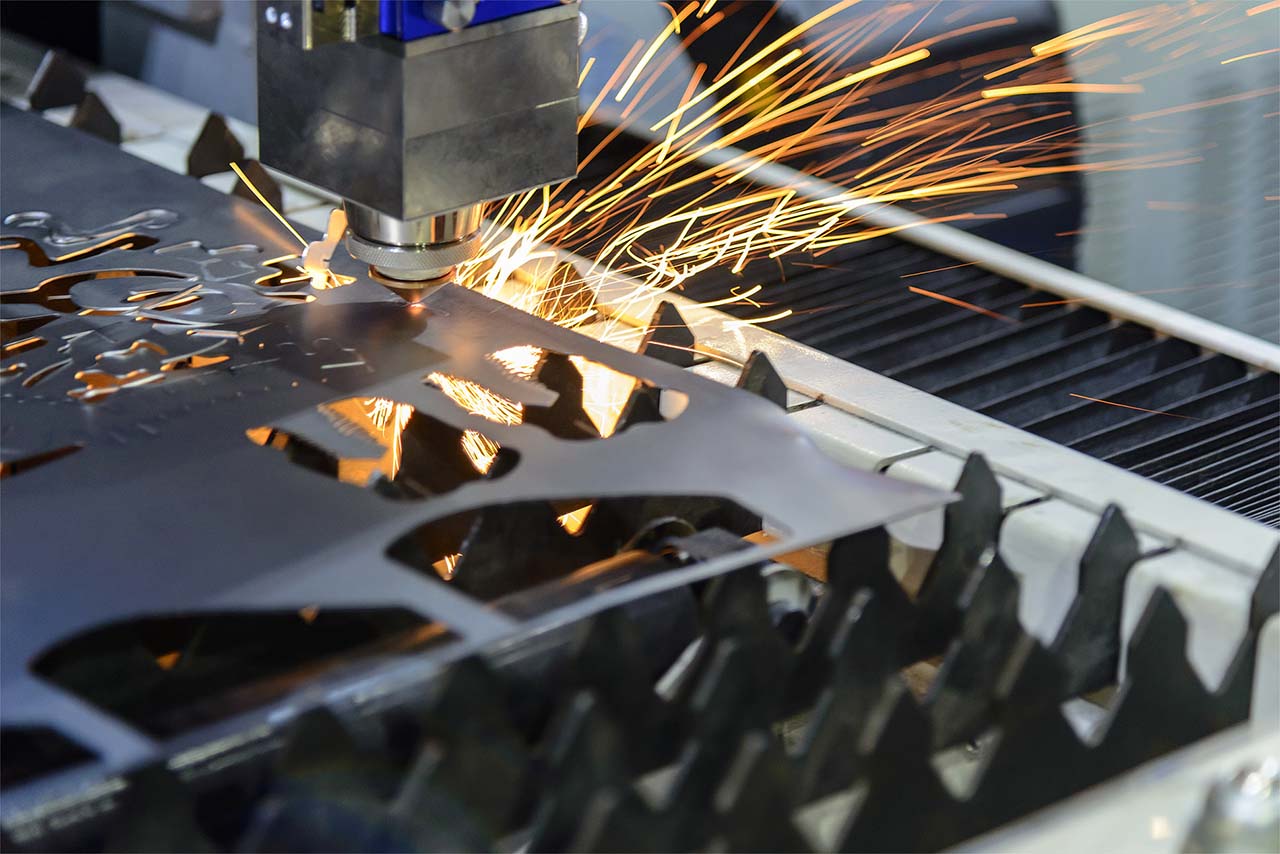The Role of Technology in Modern Root Canal Clinics

Strong 8k brings an ultra-HD IPTV experience to your living room and your pocket.
Introduction
Root canal treatment, a once-dreaded dental procedure, has undergone significant advancements thanks to modern technology. Historically, root canal therapy involved laborious and often uncomfortable processes, which fostered a fear of dental visits. Today, the integration of cutting-edge technology has transformed root canal clinics, enhancing precision, reducing discomfort, and improving overall patient outcomes. This article explores the pivotal role technology plays in modern Root Canal Treatment Clinic in Dubai, highlighting key innovations and their impact on dental care.
Technological Advancements in Root Canal Treatment
Digital Radiography
Digital radiography has revolutionized diagnostic processes in root canal clinics. Unlike traditional X-rays, digital radiographs provide instant, high-resolution images with significantly lower radiation exposure. This technology allows for more accurate detection of root canal issues, including hidden canals and fractures, facilitating more precise treatment planning. Moreover, digital radiographs can be easily enhanced, shared, and stored electronically, improving communication between dental professionals and enhancing patient education.
Cone Beam Computed Tomography (CBCT)
Cone Beam Computed Tomography (CBCT) is a three-dimensional imaging technology that has become indispensable in modern root canal clinics. CBCT scans provide detailed images of the teeth, bone, and surrounding tissues, offering a comprehensive view that traditional two-dimensional X-rays cannot match. This advanced imaging technique enables endodontists to accurately diagnose complex cases, assess the anatomy of root canals, and plan treatments with unprecedented precision. As a result, CBCT has significantly increased the success rates of root canal procedures.
Operating Microscopes
The introduction of operating microscopes has marked a significant milestone in endodontics. These high-powered microscopes offer enhanced visibility, allowing dentists to see intricate details of the tooth's internal structure. With magnification ranging from 3x to 30x, operating microscopes help endodontists locate tiny canals, remove obstructions, and ensure thorough cleaning and shaping of the root canals. This heightened level of precision minimizes the risk of procedural errors and improves the overall quality of root canal treatments.
Nickel-Titanium (NiTi) Instruments
Nickel-Titanium (NiTi) instruments have transformed the mechanical aspects of root canal therapy. NiTi files are highly flexible and durable, making them ideal for navigating the complex and curved anatomy of root canals. These instruments allow for more efficient and less invasive cleaning and shaping of the canals, reducing the risk of perforation or instrument breakage. The use of NiTi files has streamlined root canal procedures, leading to shorter treatment times and enhanced patient comfort.
Laser Technology
Laser technology is increasingly being utilized in root canal clinics for its precision and efficiency. Dental lasers can effectively clean and disinfect root canals, removing bacteria and debris with minimal tissue damage. Lasers also promote faster healing and reduce post-operative discomfort. Additionally, the use of lasers in root canal treatment has been shown to improve the long-term success rates of the procedures, making them a valuable tool in modern endodontic practice.
Computer-Aided Design and Computer-Aided Manufacturing (CAD/CAM)
CAD/CAM technology has brought a new level of customization and precision to dental restorations following root canal treatments. With CAD/CAM, dentists can design and manufacture crowns, inlays, and onlays with exceptional accuracy, ensuring a perfect fit and optimal function. This technology enables same-day restorations, reducing the number of visits required and enhancing the overall patient experience. CAD/CAM systems also improve the aesthetic outcomes of dental restorations, contributing to higher patient satisfaction.
The Impact of Technology on Patient Care
Enhanced Precision and Accuracy
The integration of advanced technologies in root canal clinics has significantly enhanced the precision and accuracy of treatments. High-resolution imaging, magnification, and sophisticated instruments allow for meticulous planning and execution of procedures, reducing the likelihood of complications and improving outcomes. Patients benefit from more predictable and successful treatments, which contribute to long-term oral health.
Reduced Discomfort and Anxiety
Modern technology has also played a crucial role in reducing patient discomfort and anxiety associated with root canal treatments. Minimally invasive techniques, faster procedures, and effective pain management options have made root canal therapy more tolerable. Digital tools that facilitate better communication and patient education help demystify the process, alleviating fear and building trust between patients and dental professionals.
Improved Efficiency and Convenience
Technological advancements have streamlined root canal treatments, making them more efficient and convenient for both patients and practitioners. Same-day restorations, reduced treatment times, and fewer follow-up visits contribute to a more positive patient experience. For dental professionals, these technologies enhance workflow, increase productivity, and allow for better case management.
Conclusion
The role of technology in modern root canal clinics cannot be overstated. From diagnostic imaging and surgical precision to patient comfort and efficient treatment processes, technology has revolutionized the field of endodontics. As innovations continue to emerge, the future of root canal therapy looks promising, with the potential for even greater advancements in patient care. Embracing these technological developments not only improves the quality of dental treatments but also transforms the patient experience, making root canal therapy a less daunting and more effective solution for preserving dental health.
Note: IndiBlogHub features both user-submitted and editorial content. We do not verify third-party contributions. Read our Disclaimer and Privacy Policyfor details.







